1. Waiting All Week for TRL on MTV
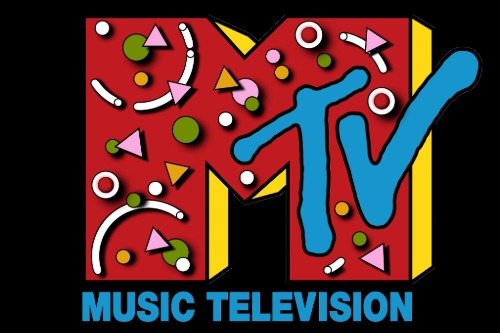
Back before YouTube gave instant access to music videos, MTV’s Total Request Live was the go-to, according to Craig Marks from Vulture. Carson Daly counted down the top videos, and if your favorite artist made it to number one, you bragged about it the next day. The show wasn’t just music—it was a cultural checkpoint, where artists like Britney Spears and *NSYNC practically lived. Missing an episode felt like missing out on a piece of teenage history.
Teen fans would call in or go online to vote, hoping to get their pick on the countdown. Getting to see your artist perform live in Times Square was the ultimate dream. And when celebrities visited, it felt like they were stopping by your house. TRL was where pop culture lived—every weekday at 3:30 PM.
2. Burning the Perfect Mix CD

Before Spotify playlists, curating a mix CD was a true act of love (or teen angst), according to Drew Schwartz from VICE. You’d spend hours on LimeWire or Kazaa downloading songs—risking viruses and your parents’ wrath just to find that one Evanescence track. The goal was flow: maybe starting with Dashboard Confessional, peaking with Linkin Park, and closing with something sad from Michelle Branch. If it was for someone special, you even doodled all over the CD label.
The song order mattered more than anyone today could understand. Each CD was a time capsule of your emotional state that week. You never threw away a good one, even if it got scratched to death. Burning a CD wasn’t just tech—it was art and heart.
3. AIM Away Messages Were Basically Poetry
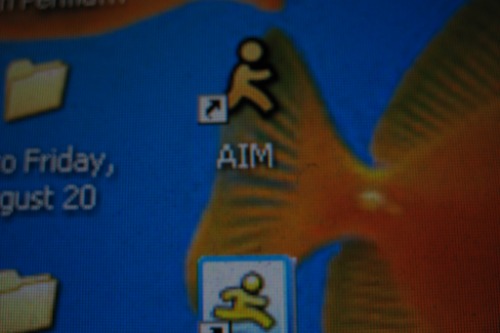
AIM (AOL Instant Messenger) wasn’t just about chatting—it was a whole social language, according to Matt Stopera from BuzzFeed. Away messages were coded declarations: lyrics for heartbreak, inside jokes for your bestie, or cryptic messages for your crush. You’d log on just to see who updated theirs, and deciphering them was half the fun. “BRB, food” didn’t really mean food—it meant you might come back in 5 minutes or never.
Your screen name? That was your brand. It was something like x0xLiLkRaZiEx0x or SkateBoy092—no shame. And if you had the right font and buddy icon combo, you were somebody. AIM taught us how to flirt, fight, and cryptically vent in 150 characters or less.
4. MySpace Top 8 Drama
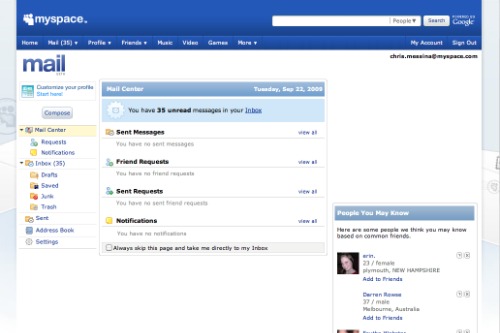
Nothing could end a friendship faster than being demoted from someone’s Top 8, according to Amanda Ross from The Tab. MySpace was our first experience with the unfiltered chaos of social ranking in real time. If you suddenly weren’t in your best friend’s Top 4, it sparked full-blown trust issues. Some people even kept Tom in their Top 8 just to avoid drama.
Customizing your page with glittery layouts and autoplay music made MySpace feel like your personal magazine cover. HTML skills were forged in the fires of MySpace customization. And let’s be honest, picking the right profile song was more stressful than any school assignment. It was your mood board before mood boards were a thing.
5. Watching The OC Like It Was Your Personal Soap Opera
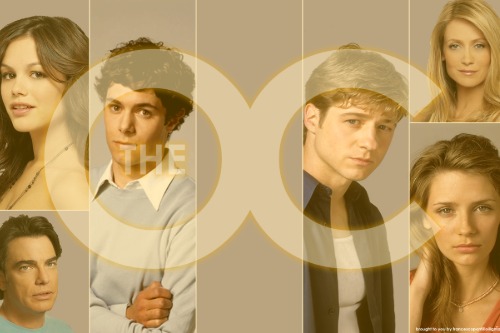
When The OC premiered in 2003, it quickly became the teen drama of the decade. Seth Cohen was the original quirky heartthrob, and Ryan Atwood was the bad boy with a conscience. Teens across the U.S. were suddenly obsessed with Chrismukkah, Death Cab for Cutie, and yelling “Welcome to the OC, bitch!” at inappropriate times. The show’s drama felt so real—even if you weren’t a rich kid in California.
You scheduled your week around new episodes and debriefed them at lunch the next day. Marissa Cooper’s choices frustrated us, but we were always watching. The soundtrack was iconic and shaped many of our early music tastes. It was more than TV—it was a teenage cultural moment.
6. Shopping at Hot Topic for Peak Self-Expression
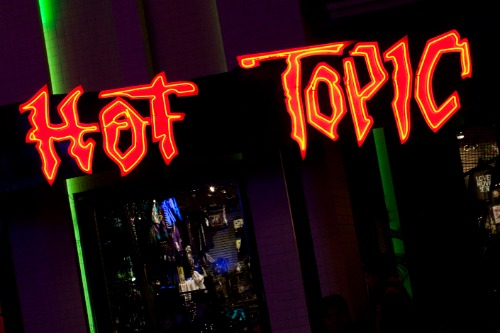
For any teen who wanted to rebel (or at least look like they might), Hot Topic was home base. Walking in felt like entering a darker, louder dimension of band tees, studded belts, and anime merch. Whether you were emo, scene, goth, or just liked Nightmare Before Christmas, you belonged there. And if you ever got to buy something with your own money? Peak independence.
The store was often dismissed by adults as “just a phase,” which made it even cooler. Even if you didn’t dress like a full-time rocker, a trip to Hot Topic let you flirt with identity. Plus, it was one of the few places that carried the exact brand of weird we all needed. Your first band tee probably came from there—and you wore it to death.
7. Calling Your Crush on the Landline and Hoping Their Parents Didn’t Answer

This was before everyone had a personal phone, so you had to call the house. The second you heard “Hello?” in an adult voice, your soul briefly left your body. You’d squeak out, “Hi, is Ashley there?” and pray no siblings were listening in. If they said “She’s busy,” it could ruin your whole evening.
Having a phone convo was a big deal—you usually paced while doing it. You might even plan it in advance: “Call me at 8, after dinner.” And if your parents picked up the other line to yell at you about homework? Pure embarrassment. Landlines were a high-stakes form of teen communication.
8. Knowing the Words to Every High School Musical Song
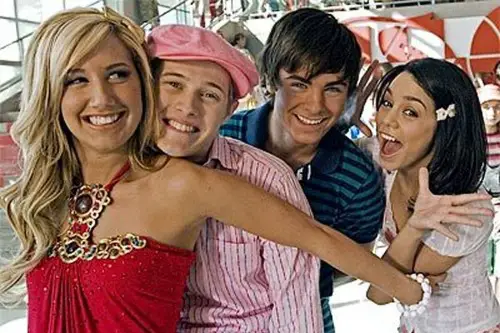
Whether you admit it or not, High School Musical was a shared cultural milestone. Premiering in 2006 on Disney Channel, it launched a whole generation of Zac Efron stans and Sharpay apologists. “We’re All in This Together” wasn’t just a song—it was a mantra. And “Breaking Free”? An emotional release.
It wasn’t just the songs—it was the coordinated dances and the drama of Troy choosing between basketball and singing. Everyone had a favorite character, and lunch tables were divided accordingly. Even kids who claimed to be “too cool” usually knew every lyric. Disney hit a nerve, and we were all there for the ride.
9. Using T9 to Text at Lightning Speed
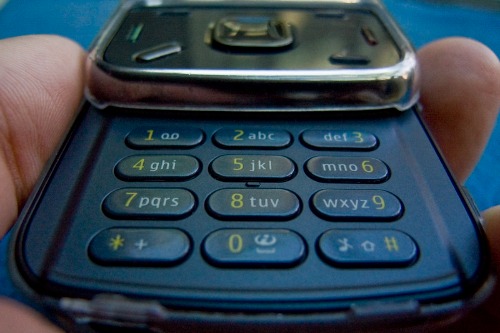
Before smartphones and touchscreens, texting meant pressing the number keys—sometimes three times per letter. T9 predictive text felt like magic when it worked and sabotage when it didn’t. You had to master the art of texting without looking, especially under your desk at school. It took true skill to reply quickly and keep up with the conversation.
Text limits were real—you only had 160 characters, so messages were short and sharp. Every letter counted, and “lol” could mean five different things depending on context. And if you went over your monthly text limit? Oof, your parents would find out. It was a high-risk, high-reward communication game.
10. Saving Everything on Your iPod Mini or Nano
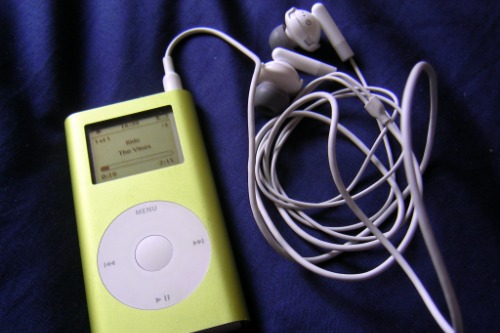
Having an iPod wasn’t just about listening to music—it was about carrying your entire personality in your pocket. The Mini and Nano were sleek, colorful, and filled with everything from The Killers to Kelly Clarkson. You scrolled through that click wheel like a DJ curating a masterpiece. Playlists had names like “Sad Rainy Days” or “Party Vibes.”
Charging your iPod and syncing it with iTunes was a sacred ritual. You knew exactly how many songs it held and had favorites on repeat. And the heartbreak of watching the battery die mid-song on the school bus? Devastating. Those little devices were our first taste of portable freedom.
11. Learning Dance Moves from You Got Served and Step Up
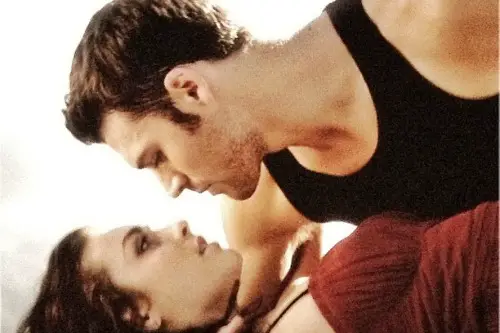
When You Got Served dropped in 2004, everyone wanted to start a dance crew—even if you had no rhythm. It was the era of street battles and dramatic backflips in warehouses. Then came Step Up in 2006, and suddenly Channing Tatum was everyone’s dance teacher. After school, kids practiced routines in garages and living rooms.
Even talent shows were flooded with breakdancing and crumping. It wasn’t just entertainment—it was a whole vibe. Dance became the language of cool, and we all tried to speak it. If you didn’t film at least one cringey dance video on a flip phone, were you even there?
12. Feeling Like Royalty When You Had a Razor Flip Phone
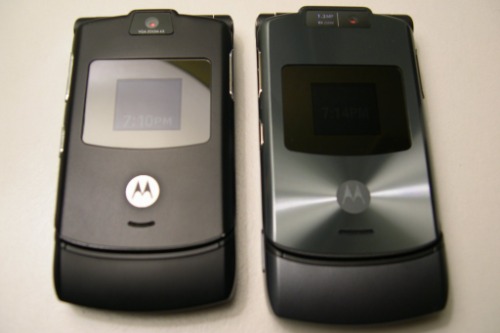
Motorola Razr phones were the peak of tech chic. If you had one—especially the pink one—you were the moment. The satisfying snap when closing it made every conversation feel more dramatic. It wasn’t just a phone, it was an accessory.
Even texting felt cooler on it, and taking selfies (blurry ones!) in the mirror with a Razr was iconic. You checked it constantly for missed calls and texts—even if you knew there were none. It was your lifeline, your flex, and your diary in one. Nothing has quite captured that same phone swag since.
13. Watching Napoleon Dynamite on DVD with Your Weirdest Friends
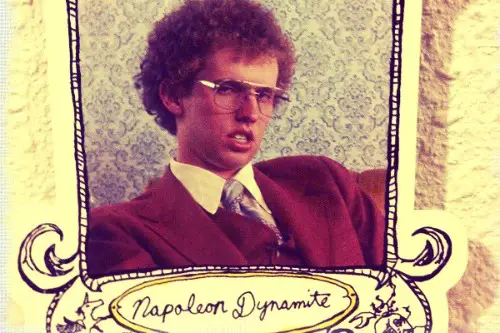
Released in 2004, Napoleon Dynamite was a cult classic that spread through burned DVDs and sleepovers. It wasn’t flashy or deep—it was awkward, quotable, and totally perfect. “Vote for Pedro,” “Tina, come get some ham!”—those lines lived rent-free in our brains. It felt like someone finally made a movie for the weird kids.
You didn’t just watch it—you memorized it, performed it, and traded trivia about it. The characters were lovable misfits, and that made it all hit differently. Watching it became a bonding ritual, and if someone didn’t “get it,” they weren’t really in your circle. It was indie weirdness before it was trendy.
14. Trying to Look Like You Were on Laguna Beach

Even if you didn’t live near a beach, Laguna Beach: The Real Orange County made you want that sun-kissed, effortlessly dramatic lifestyle. Everyone wanted to dress like LC or Kristin—with Hollister tees, distressed jeans, and chunky highlights. The show felt real (even though it was so staged), and the love triangles were our soap opera. You weren’t just watching—you were studying.
The intro song, “Come Clean” by Hilary Duff, still triggers flashbacks. And that low-lit, moody aesthetic? We copied it with disposable cameras and blurry selfies. It wasn’t just a show—it was an aspiration. For a while, we all tried to look like we lived in SoCal, even if we were in Ohio.
15. Printing Out MapQuest Directions Before You Left the House
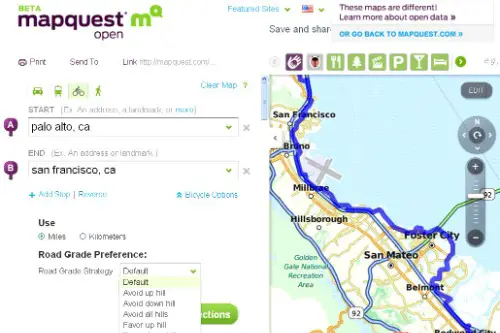
Before Google Maps or GPS on your phone, MapQuest was the only way to get around. You’d type in an address, print out 3+ pages of turn-by-turn directions, and hope you didn’t miss a step. Getting lost meant pulling over and flipping back a page, possibly crying. There was no “rerouting”—only panic and payphones.
Teen road trips were fueled by burnt CDs and MapQuest stacks. If you were the navigator, your job was serious business. One wrong turn and the whole trip could spiral. It was a simpler time, but way more stressful.


